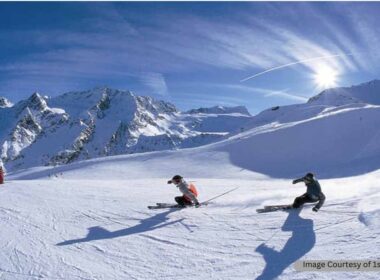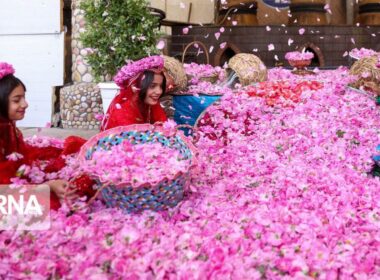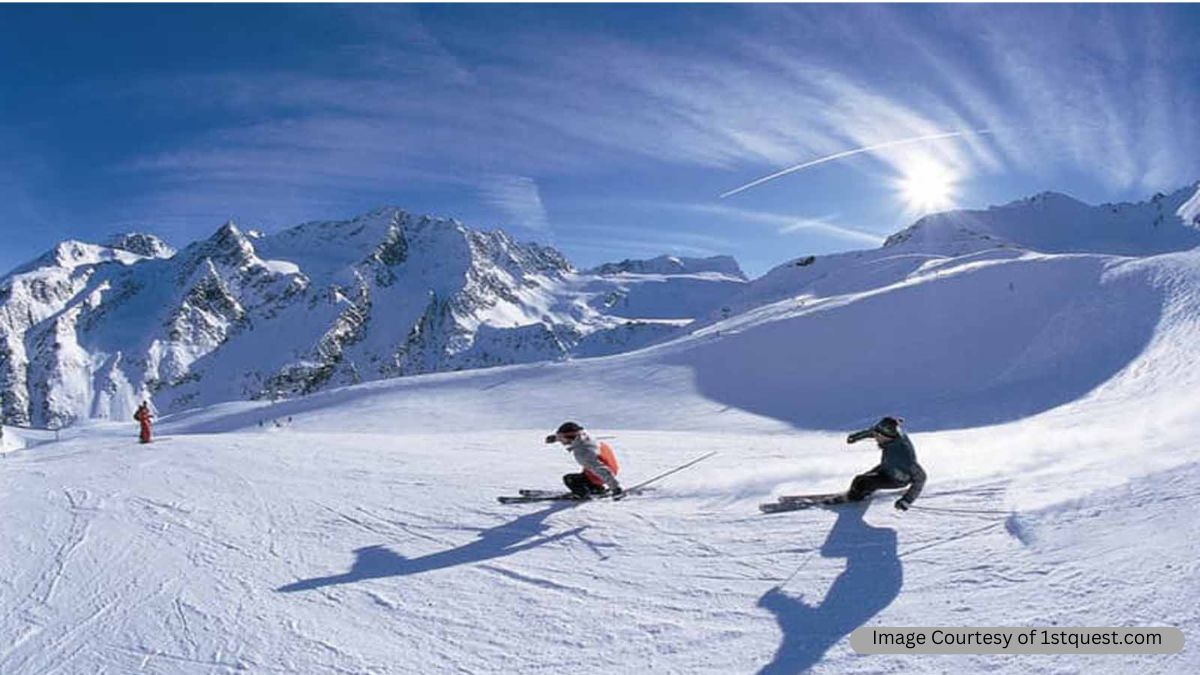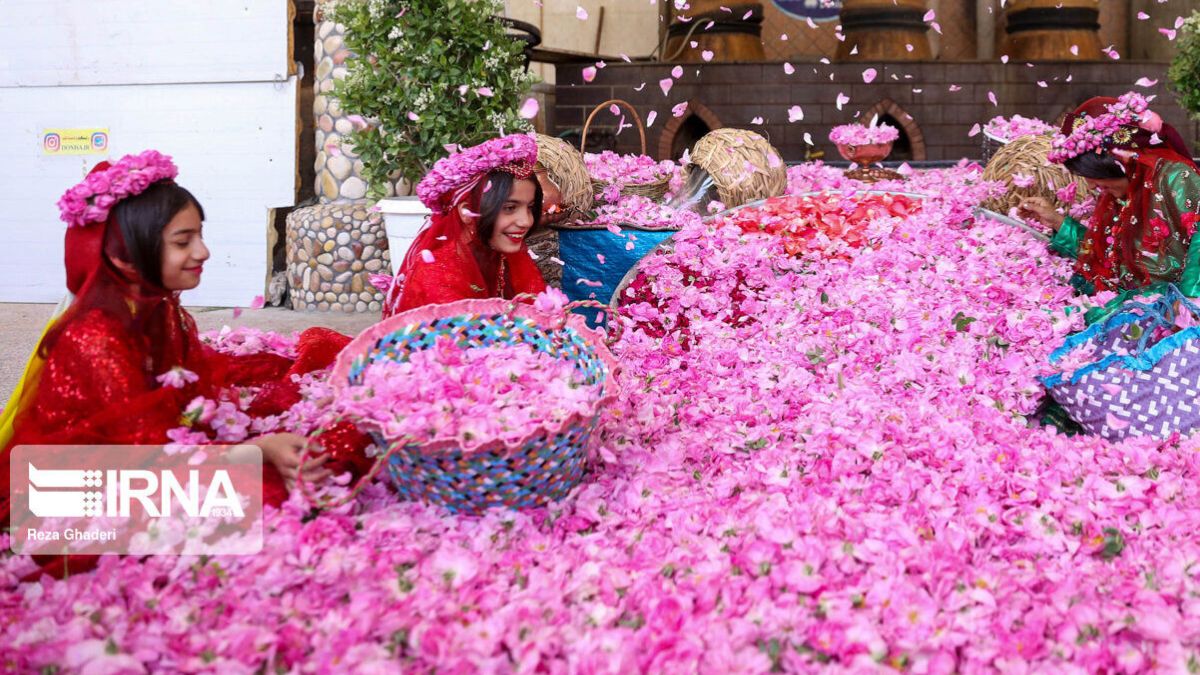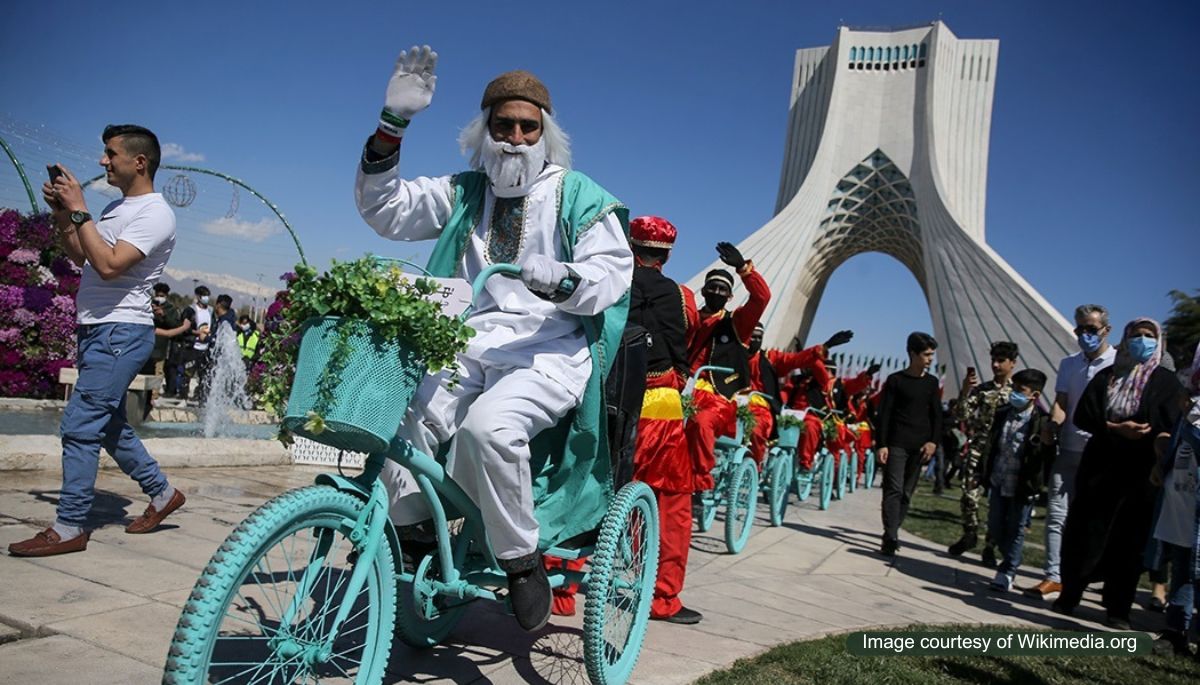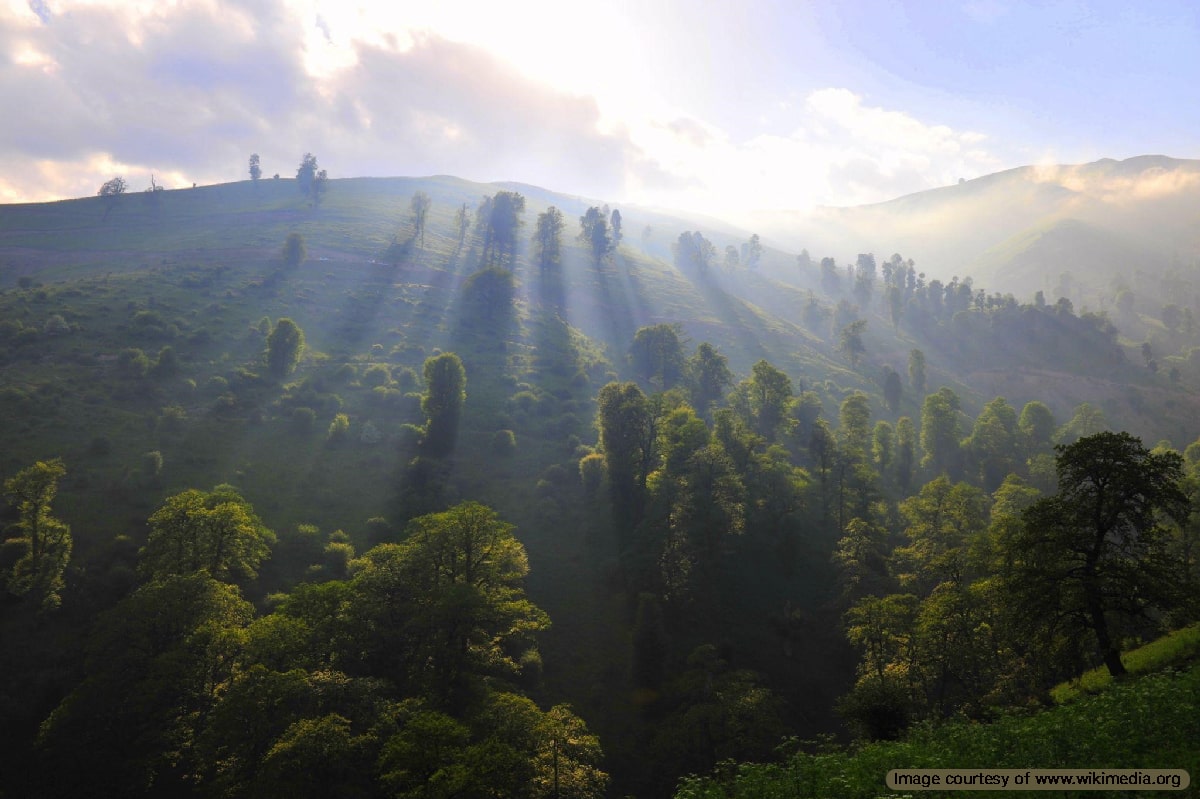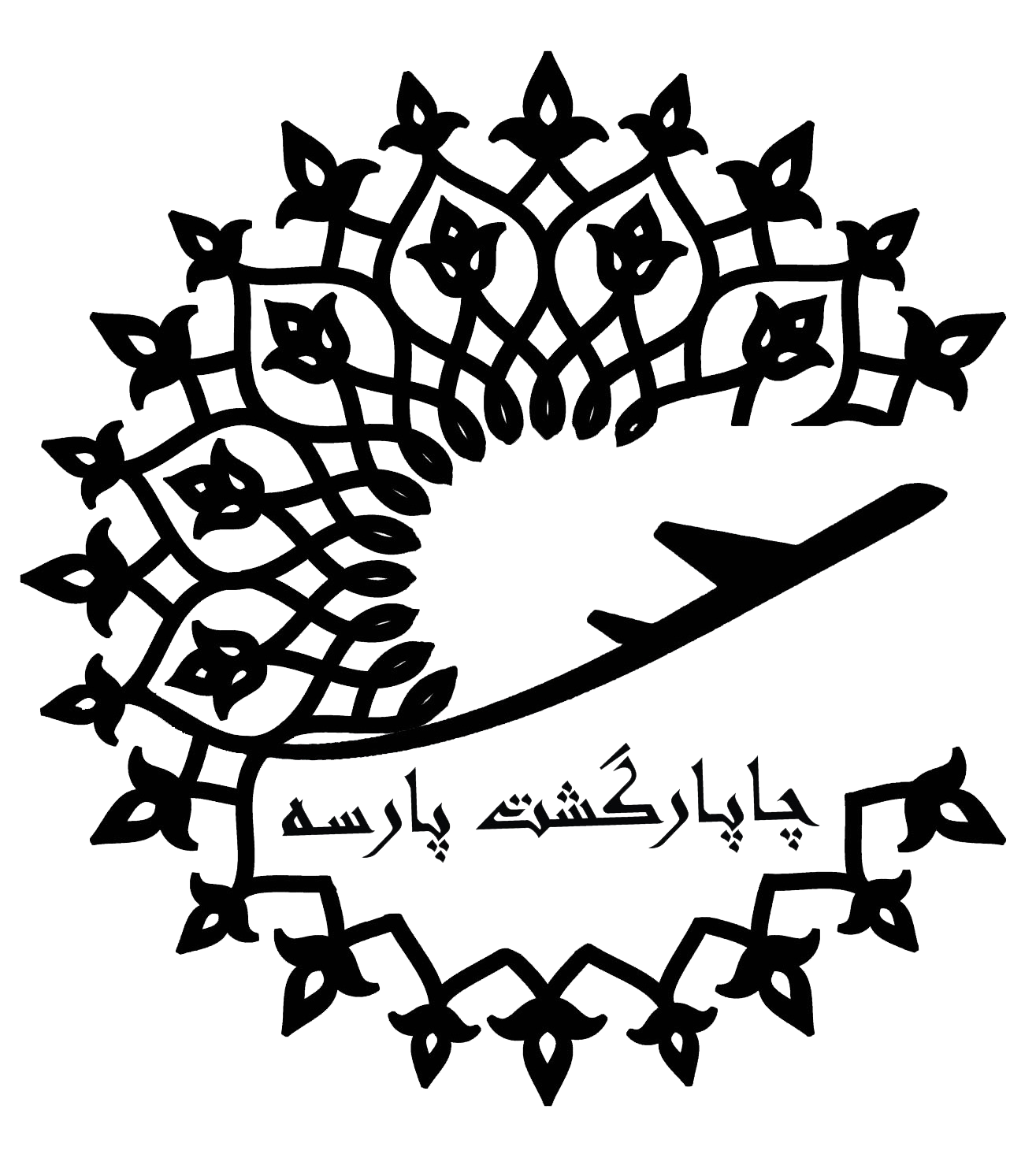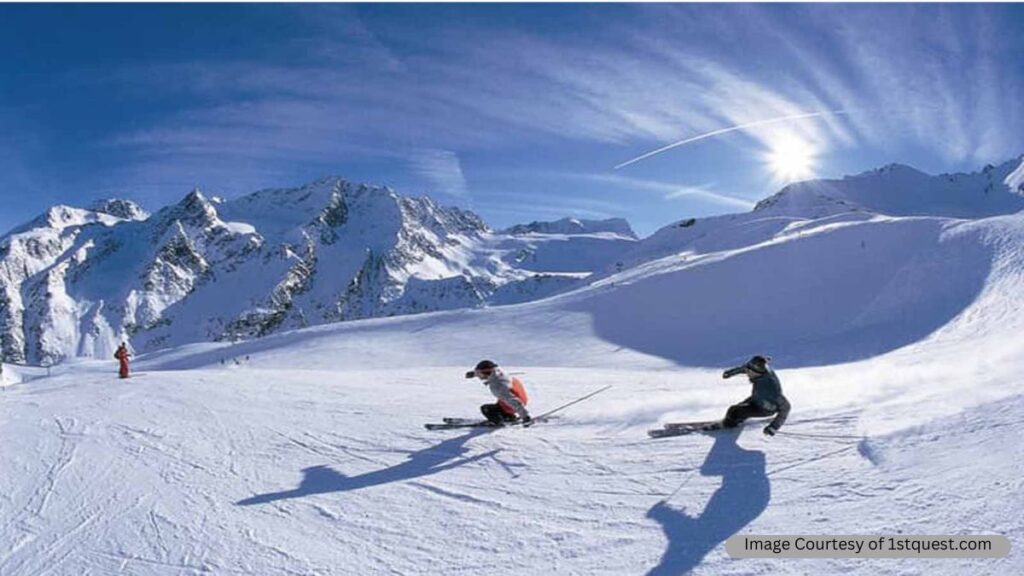
From the snow-capped peaks of the Alborz Mountains to the rugged valleys in the Zagros Mountain Range, Iran Tour Packages offer year-round adventures. Two standout activities, trekking and ski touring, cater to different tastes and seasons. Here we explore their unique charms, physical requirements, and top destinations in Iran, helping you choose your next adventure spot.
What is a Trekking Tour?
Trekking is a strenuous journey that involves multi-day hikes through remote, often challenging terrain, blending physical endurance with cultural immersion. Unlike casual walks, treks require preparation and a lot of stamina.
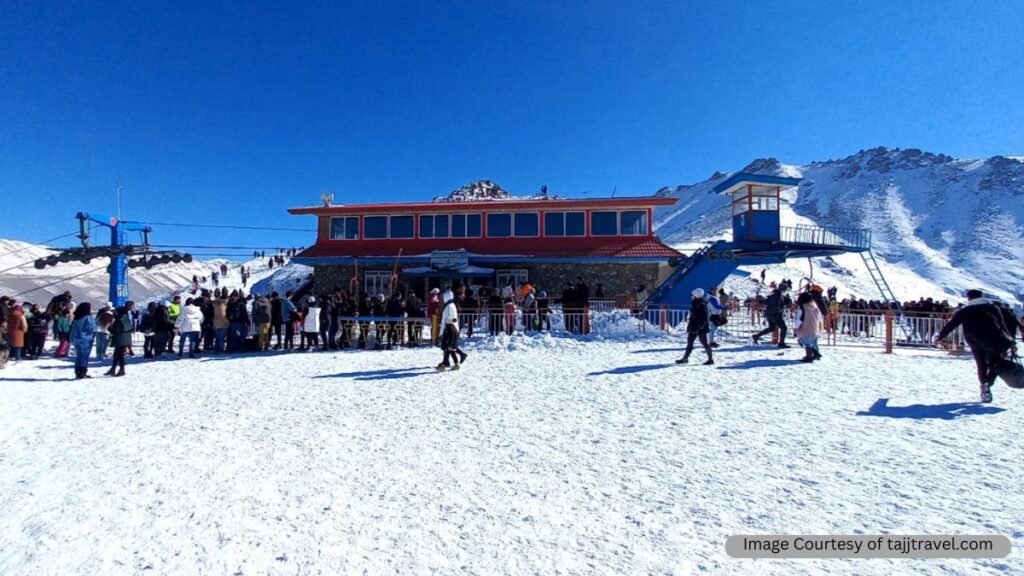
Differences between Trekking and Ski Tours
1. Seasonality
- Trekking: Spring (April–June) and autumn (September–November) for mild weather. Avoid summer in deserts (50°C+).
- Skiing: December–April, with backcountry best in January–March.
2. Fitness and Skill Requirements
- Trekking: Requires endurance for 6–8 hours of daily hiking. Altitude challenges on peaks like Damavand.
- Skiing: Demands leg strength and technical skill (e.g., kick turns, avalanche rescue).
3. Gear and Logistics
- Trekking: Lightweight backpack, hiking poles, sturdy boots (e.g., Salomon Quest), and camping gear for remote routes.
- Skiing: Skis, boots, avalanche transceiver, probe, shovel, and layered clothing for -20°C conditions.
4. Cultural vs. Adrenaline Focus
- Trekking: Slow-paced immersion—sipping chai with nomads or exploring abandoned caravanserais.
- Skiing: Fast-paced thrills; après-ski socializing in Dizin’s lodges.
Trekking Tour Types:
- Day Hikes: Accessible trails like Tehran’s Tochal Ridge (ideal for beginners).
- Multi-Day Expeditions: Week-long adventures such as traversing the Zagros Mountains or summiting Mount Damavand.
- Cultural Treks: Routes like the Alamut Valley, where history and hiking merge amid Ismaili castle ruins.
- Desert Trekking: Winter explorations of the Lut Desert, a Mars-like landscape of kaluts (sand towers) and salt plains.
Who’s Trekking Tours For?
- Nature Enthusiasts: Birdwatchers, botanists, and stargazers drawn to Iran’s biodiversity.
- Cultural Explorers: Those eager to meet Qashqai nomads in the Zagros or explore terraced villages in Uramanat.
- Adrenaline Seekers: Climbers tackling Damavand (5,610m), the highest volcano in Asia.
- Solo Travelers and Groups: Well-marked trails, like those in the Hyrcanian Forest, cater to all.
Trekking Tour Destinations in Iran: From Peaks to Deserts
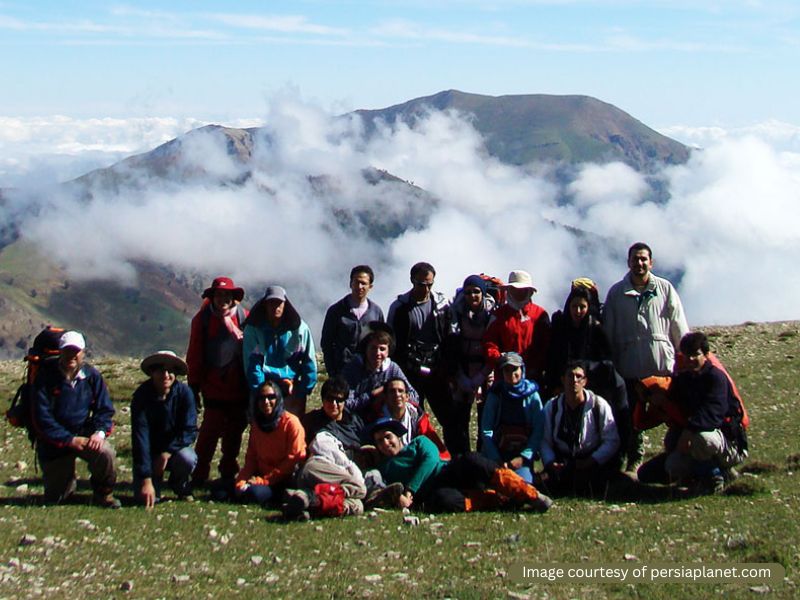
Iran has a variety of trekking destinations for all categories of explorers. Here are the main spots:
- Mount Damavand (5,610m): Iran’s highest peak, a challenging volcanic trek.
- Difficulty: Moderate to challenging; requires acclimatization.
- Best time to visit is July–September for snow-free routes.
- Alamut Valley: Historic trails of the Valley of the Assassins with fortress ruins and spring wildflowers.
- Difficulty: Easy to moderate, great for history lovers and families.
- Best time to visit: Spring-Summer
- Zagros Mountains: Remote routes through Kurdish and Bakhtiari villages.
- Difficulty: Medium to Challenging; While it is easier to trek the Dena Protected Area, it is more risky to trek Iran’s most extensive oak forests, home to brown bears.
- The best times to visit: Optimal for summer and fall; winter and early spring can be too cold.
- Lut Desert: Winter hikes on surreal salt plains and kaluts (sand castles).
- Difficulty: With an experienced tour guide and preparation, the trail is relatively easy. However, the desert can be a dangerous place if you travel alone and don’t have proper clothing and a reliable vehicle.
- Best time to visit: November–February for cooler temperatures.
- Hyrcanian Forests: A lush, 40-million-year-old ecosystem stretching along the Caspian coast and UNESCO-listed greenery in Gilan and Mazandaran.
- Difficulty: Easy to Challenging, depending on the trail you choose. While it is safer closer to cities and roads, venturing into the forest’s depths can be lethal.
- Best time to visit: From June to late fall, however, higher altitudes will be challenging after October.
What is a Ski Tour?
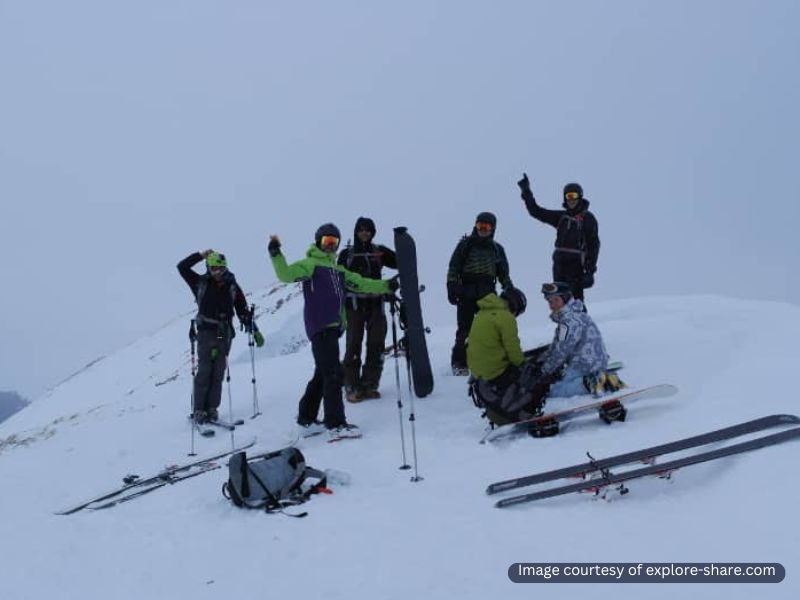
Ski touring blends alpine skiing with uphill travel, using specialized gear, such as “skins” for improved traction. In Iran, options range from family-friendly resorts to expert-only backcountry zones:
- Off-Piste, Backcountry Tours: Untouched snowfields in the Alborz Mountains.
- Resort Skiing: Groomed slopes at destinations like Dizin.
Who’s Skiing Tours For?
- Families and Beginners: Resorts like Dizin offer lessons and gentle slopes.
- Thrill-Seekers: Steep chutes in Shemshak or heli-skiing in Azad Kuh.
- Solitude Lovers: Backcountry tours in the Alamut Valley or Takht-e Suleyman.
Ski Tour Destinations in Iran
From the cosmopolitan flair of Dizin, one of the world’s highest ski resorts, to the untamed backcountry of Takht-e Suleyman, Iran’s ski tours blend adrenaline with cultural charm. Whether you’re a beginner testing groomed runs or an expert chasing untouched powder, Iran’s snowy playgrounds promise adventure far from the crowds.
- Dizin Ski Resort
- Why Go: At 3,600m, it’s one of the world’s highest resorts, with dry powder and long seasons (December–May).
- Facilities Include Hotels, equipment rentals, and slopes for all skill levels.
- Shemshak
- Why Go: Iran’s answer to Chamonix, with steep runs and Olympic-grade challenges.
- Night Skiing: Floodlit slopes until 10 PM.
- Tochal Complex
- Why Go: Just 45 minutes from Tehran, accessible via a 12km gondola.
- Unique Feature: Combine skiing with views of the capital from 3,933m.
- Pooladkaf (Zagros)
- Why Go: A modern resort near Shiraz, perfect for combining skiing with visits to Persepolis.
- Backcountry Paradises
- The Alborz Peaks, including Azad Kuh (4,355 m) and Takht-e Soleyman (4,656 m), offer untouched powder for experts.
- Guided Tours: Essential for safety; local guides know hidden valleys like Lar and Ab Ali.
Book Iran Trekking and Ski Tours Today
Iran’s landscapes cater to both contemplative trekkers and powder-hungry skiers. Trekking rewards patience with cultural gems and vistas like the Hyrcanian Forest’s emerald canopy. Ski touring, meanwhile, delivers heart-pounding descents in the Alborz’s silent wilderness. Whichever you choose, Iran’s hospitality and raw beauty will leave you awestruck.
Frequently Asked Questions
If you have any other questions about trekking vs ski tours in Iran, let us know in the comments. We will respond as soon as possible.
When is the best time to trek in Iran?
March to June and September to November are good times for mild weather.
Are Iran’s ski resorts suitable for beginners?
Yes! Dizin and Tochal have gentle slopes and instructors.
Can I combine trekking and skiing in one trip?
Absolutely! Visit in March for snow hikes on Damavand and late-season skiing.
Is trekking in Iran safe for solo female travelers?
Yes, but hiring a local guide is recommended for areas that are remote. Dress modestly and respect cultural norms.
What’s cheaper: trekking or ski tours?
Trekking, with minimal gear, is different from skiing, which involves lift passes and equipment rentals.


